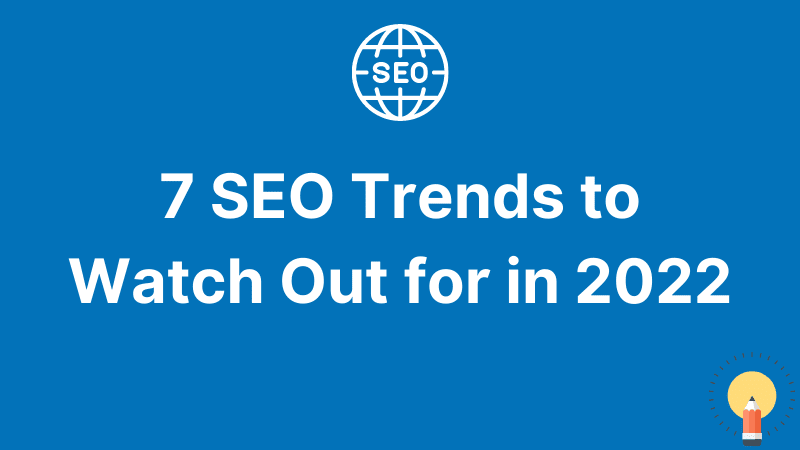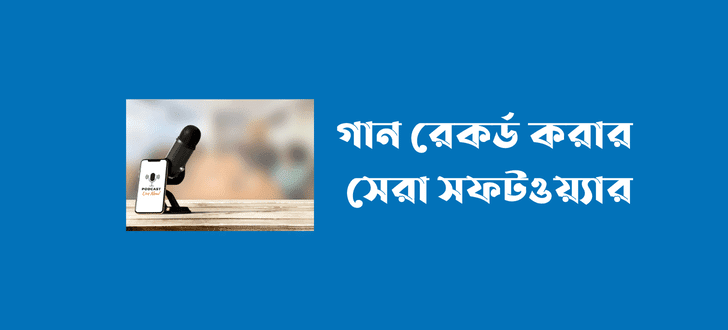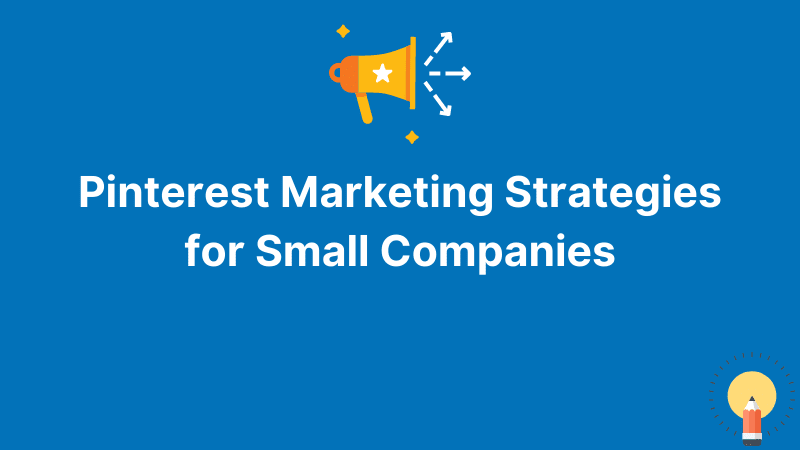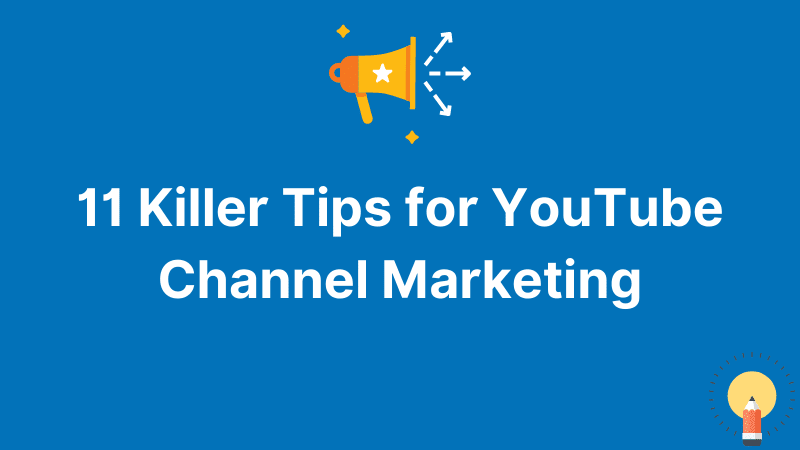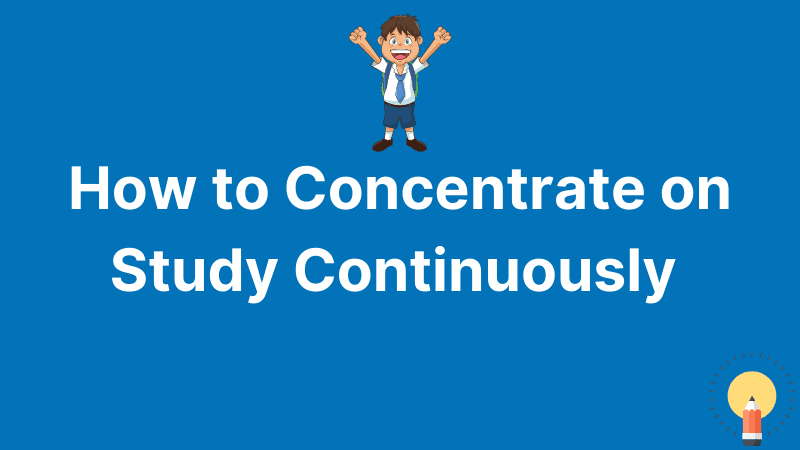7 SEO Trends to Watch Out for in 2022
The year 2021 will be a watershed moment in the digital marketing sector, with Google completely implementing two massive algorithm improvements. What will SEO look like in 2022 as user behavior continues to develop and search engines like Google react in response?
Here are the top four SEO trends that are expected to dominate in 2022:
Page Experience Ranking Factor
Google started rolling out the Page Experience Algorithm gradually in 2021. This algorithm upgrade will affect a variety of user experience signals, including the Core Web Vitals, which is essentially an assessment of a user's entire experience with the web page.
The change began with mobile and is expected to be completed by the end of March 2022 — the final deployment will include desktop search results. As a result, we can predict that page experience will be a more important ranking element for both mobile and desktop websites.
The page experience is more than simply mobile friendliness and responsiveness. The Page Experience Algorithm evaluates parameters such as loading speed, interaction, visual stability, and HTTPS security.
What you can do to get your website ready:
1. Recalibrate your page's performance using Google Search Console, PageSpeed Insights, and Chrome User Experience Report.
2. When revamping your website, keep usability and user experience (UX) in mind (if applicable).
3. Use HTTPS to safeguard your web sites. More information on migrating from HTTP to HTTPS may be found here.
2. MORE FOCUS ON MOBILE USER EXPERIENCE
After years of anticipation, Google eventually completed the implementation of Mobile-First Indexing (MFI) in March 2021. This indicates that Google will prioritize indexing and ranking of mobile-friendly websites.
By this point, all online pages have been converted to MFI. We can expect that non-mobile-responsive websites and sites with poor UX would suffer considerably in search results in 2022 if this upgrade is combined with the Page Experience Algorithm.
What you can do to get your website ready:
1. If you haven't already, implement responsive web design (RWD).
2. Increase website load speed by optimizing images and videos, reducing redirects, and activating browser caching and cookies.
3. BETTER FEATURED SNIPPETS
Aside from the major upgrades that Google has recently introduced, they have also made minor changes such as the Passage Ranking Update. This upgrade is closely related to Google BERT, a deep learning technique that aids search engines in processing words in relation to the context of other terms.
With the deployment of the Passage Ranking Update, Google can now index not just whole web pages, but also isolated passages from those sites, also known as featured snippets.
This is especially beneficial for highly precise search queries and voice search results, making it simpler for consumers to locate the exact answer they need. And, as users become more deliberate and particular in how they word their search searches, highlighted snippets are expected to play a larger role in the coming years.
What you can do to get your website ready:
1. In your article, use long-tail keywords. Conduct extensive research on your target audience to determine what material is most relevant to them and how they are most likely to phrase their search searches.
2. Concentrate on high-quality content. When creating content, keep your audience in mind, not search engine bots.
4. SMARTER ANSWERS FOR COMPLEX QUESTIONS
Google also published an upgrade to their Multitask Unified Model (MUM) in May 2021, which is a natural language model comparable to but substantially superior than BERT.
MUM assists Google in presenting more thorough responses to difficult search queries by using contextual information. This differs from the Passage Ranking Update in that MUM is multimodal, which means it can comprehend information from several sources (images, websites, etc.) at the same time and offer you with more appropriate material in response. It also tries to break through language and format barriers in order to provide better search results.
The following is an example from Google: You may photograph your footwear and ask, "Can I use this to walk Mt. Fuji?" Google can evaluate the image and the text query using MUM and the power of AI, and then send you to a blog with a list of suggested hiking gear.
What you can do to get your website ready:
1. Create high-quality, authoritative, and useful information that is accompanied by optimized photos and videos.
2. Include structured data to help search engines better comprehend your content.
5. TARGET KEYWORDS
When it comes to on-page SEO, keywords are your bread and butter. Choosing relevant keywords for your content improves discoverability and, as a consequence, helps you rank higher in search results.
After you've done extensive keyword research and selected your target keywords, it's critical to consider keyword placement. Your goal or focus keywords should be put strategically:
1. In your blog post's title
2. In the URL of the page (basically, the title of the content)
3. In the first paragraph's first phrase
4. A few times in the middle paragraphs (depending on the length)
5. In the last phrase
6. VISUAL AND ORGANIZATIONAL HIERARCHY
Using visual breaks like as headers and subheadings improves the readability of your material. Organizing your information into small paragraphs of one to three sentences each increases readability.
Keep the header hierarchy in mind as well. The blog title should be designated as H1, the primary headers as H2, and subheadings as H3, H4, and so on. This can help search engine crawlers better comprehend your material.
The importance of organizational hierarchy cannot be overstated. When creating your website, make sure that the web pages have a clear structure so that people can browse your site naturally. Blog entries (if you have one) should also be allocated categories and/or subcategories.
7. LINKS
This on-page SEO component intersects with off-page SEO in that external links to trustworthy sources should be included in your text, particularly when mentioning facts, quotations, and figures.
Internal linkages are also necessary. It makes it easier for people to locate your other information and assists in navigation.
Include links to relevant information on your website not just for SEO reasons, but also for the benefit of your viewers. Internal connections in the form of menus and breadcrumb trails are also termed internal links, and they contribute to the general usability of your website.

